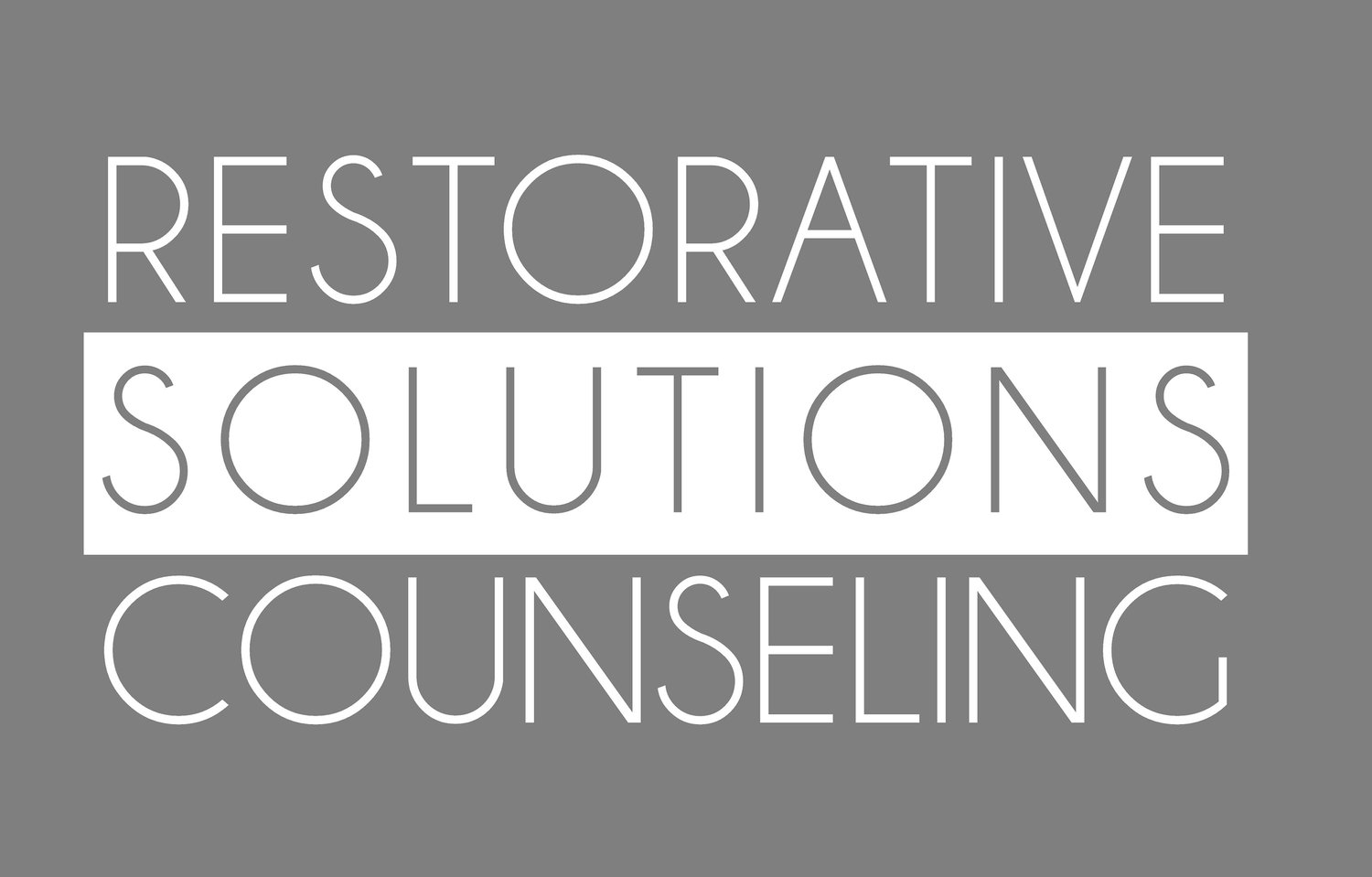A shout-out to all of the 40-somethings who saw the title of this blog and sang, “Well you’re never gonna get it.” Sleep is what we’re looking at today because it is so much more important than most people realize. A quick thank you to Lois Harmon for this blog idea. I was previously a school social worker, so I’ve had countless red-eyed teens in the last 20 years tell me that they only had about 4 hours of sleep, “But, I’m doing fine,” they’d usually say. Adults aren’t necessarily much better, though. This can be from work, binge-watching shows, not being able to put down a good book, or simply scrolling through their phones. Unfortunately, our brains don’t work efficiently without enough sleep.
A lack of sleep can also negatively impact our mental health. Not only that, we end up with a real “chicken or the egg” situation because the relationship* between sleep and mental health is reciprocal. Too little sleep messes with our mental health and makes us more vulnerable to a variety of disorders. On the other hand, mental health problems make it harder to get to good quality sleep due to increased anxiety and/or intrusive thoughts. Sleep is where our bodies and minds have a chance to repair and heal. A lack of quality sleep decreases blood flow to our brains, and it has negative effects on memory and concentration. This means that folks with ADHD, who already have difficulties with memory and concentration, are especially vulnerable to the problems associated with a lack of sleep. Plus they are also more likely to make poor decisions that keep them up later at night. Even those who are not diagnosed with a mental health disorder** are likely to see an increase in anxiety and distress when they do not get enough quality sleep.
Insomnia, which** is, “Characterized by difficulty falling asleep, staying asleep, or waking too early, resulting in daytime impairments,” seems to generally be on the rise. Insomnia is already worsened* by anxiety, depression, PTSD, bipolar, schizophrenia, ADHD, and Autism, and insomnia is also associated with an increase in suicidal behaviors. Following the Covid pandemic, insomnia rose** dramatically, and it is thought that this was due to increased stressors and disruptions in daily routines.
For some, a lack of sleep is something to brag about** or a sign of strength. Again, this can be in both teens and adults. I’ve known many school administrators with weary smiles share that they were able to get, “A nice 5 hours,” the night before. Adult clients share work schedules that leave them constantly dead-on-their-feet, and teens share stories of talking to their friends all night long or watching video after video on YouTube for hours on end. Culturally, we have tv shows that have hard working characters who sacrifice sleep for the good of climbing the corporate ladder. To some degree this is probably related to our “rugged individualist” image that we often try to live up to as Americans. We want to be seen as tough and able to handle the stressors of work and daily life without actually taking care of ourselves. However, when we aren’t taking care of ourselves we end up creating other problems ranging from being less efficient to struggling to be the good sibling, parent, or spouse that we truly want to be.
Children and teens need** 8-10 hours of sleep per night, while adults need 7-9 hours. There are things you can do* if you’re struggling with getting to sleep:
Get plenty of sunlight, which helps you to feel alert during the day
Get plenty of exercise (or at least lots of movement) which improves the quality of sleep
Eat meals at regular times, and make sure your last one is no less than 2 hours before it is time to sleep
Turn off your phone well before attempting to go to sleep
Set up a sleep schedule that is consistent each day
Make your bed comfortable by way of mattress, blankets, and temperature
Avoid caffeine, alcohol, and nicotine before bed
Do something calming before bed
Avoid lounging in bed while not sleeping. Have a mindset that the bed is for sex or sleeping, but not for laying down to unwind
Find and use methods for stress relief during the day so that you worry less at night
Sometimes we fight it, but sleep is very important, and it remains one of the top things that we can do to improve our mental health. As much as some of us may not like it, this is what is necessary for our brains to function properly. I read long ago that drivers with high levels of sleep deprivation are every bit as dangerous as drunk drivers. Scare tactics aside, though, everyone is worth the effort necessary to take care of themselves. There are situations for some in which sleep conditions aren’t ideal but can’t be changed. For those who have the ability to improve their sleep, it is a small decision that can make some of the difficult things in your life a little easier to deal with.
**https://www.columbiapsychiatry.org/news/how-sleep-deprivation-affects-your-mental-health
